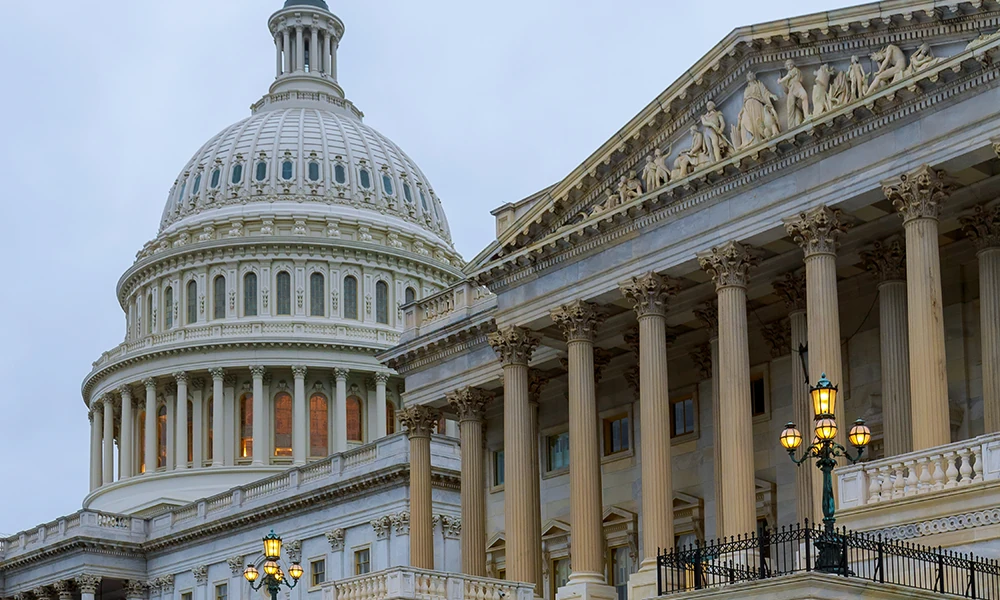Washington, D.C. – The ESOP Association (TEA) today exercised its rights under the Administrative Procedure Act to petition the U.S. Department of Labor (DOL) to undertake a long-delayed rulemaking essential to the formation and ongoing operation of ESOPs. Since 1974, the Department of Labor has steadfastly refused to fulfill requirements of the Employee Retirement Income Security Act (ERISA) in violation of Congressional direction and stakeholders’ rights under the Administrative Procedure Act (APA).
“The Department of Labor has flouted Congress’ mandate within ERISA for nearly five decades. On behalf of the millions of Americans with ownership in an ESOP, we have filed this petition to compel Secretary Walsh to undertake the rulemaking Congress directed in 1974, which was nearly completed in 1988 but has been mothballed ever since,” said James Bonham, President and CEO of The ESOP Association. “The Labor Department has failed to follow Congress’ requirements, and the regulatory vacuum has created a chilling effect on ESOP formation and operation that has effectively denied millions of Americans the opportunity for a better retirement and ownership in the place where they work.”
Because ESOPs are stuck in a regulatory no-man’s land, countless businesses have turned away from an ESOP due to the DOL’s failure to provide clear regulation and guidance as Congress directed. Instead, DOL has pursued a strategy of “regulation by litigation”, undertaking thousands of investigations and filing lawsuits against ESOP trustees and founders.
The APA was enacted to specifically prevent government agencies from regulatory abuses like the DOL’s approach to regulating ESOPs. Accordingly, TEA has formally registered an APA petition with U.S. Labor Secretary Marty Walsh, who is required to provide a formal, written response to the petition. In its petition, The ESOP Association states:
“The Department’s unchecked, ex post facto approach to regulation has been devastating: it has sown confusion, emboldened and expanded an opportunistic class action plaintiffs’ bar, driven up insurance costs, and pushed insurers out of the market. At bottom, the Department’s policies have discouraged companies from establishing new ESOPs, driven others to dissolve their ESOPs, and prevented innumerable American workers from building wealth through equity as Congress intended. Employers, ESOP fiduciaries, and, most importantly, current and future ESOP participants, need the Department to regulate as Congress directed 50 years ago—transparently, prospectively, and with stakeholder input—so that American workers can reap the rewards that ESOPs provide.”
Congress designed ERISA to allow ESOPs to buy employer stock using funds borrowed from the ESOP’s sponsoring company itself – employees almost never contribute any of their own funds for an ESOP’s acquisition – so long as the ESOP pays no more than “adequate consideration.” Virtually all ESOPs are established via this legal standard, known as the “Adequate Consideration Exemption.” Congress directed the DOL to issue regulations outlining more specifically how parties to ESOP transactions could satisfy the Adequate Consideration Exemption – it never has. Fleshing out the definition of the Adequate Consideration Exemption would create a uniform, transparent standard governing the process by which parties to ESOP transactions can establish a company’s fair market value, which is crucial to ensure that ESOPs do not overpay for employer stock.
The ESOP Association’s petition to the DOL via the APA can be found here.
For TEA’s full Press Release, click here.
For a Fact Sheet on the petition and issues, click here.
For more information on the APA, click here.







